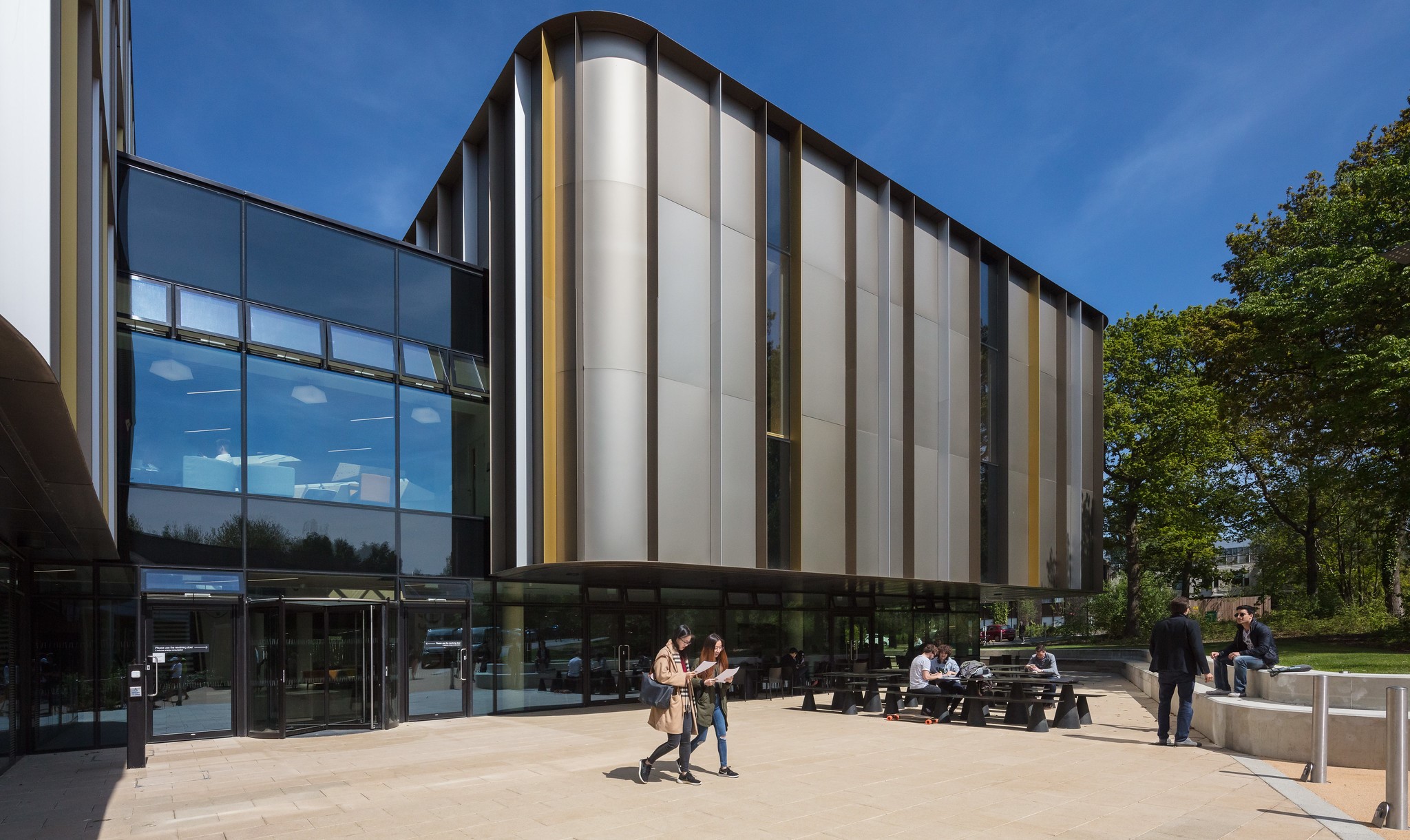An evaluation exercise undertaken on the Business Improvement and Growth (BIG) Journey, an executive development programme delivered through the Centre for Employment, Competitiveness and Growth at the University of Kent, has revealed the personal challenges and changes that business owners experienced whilst on the programme.
As Dr Simon Raby, Programme Manager, comments “we questioned participants on the changes they had made during and following the programme and we were impressed by the strides forward they had made in their leadership and managerial thinking”.
The changes that were revealed included:
- From technical specialist to leader
Business owners articulated that they were better able to understand how they added value to the business how their role related to other within the business, and had developed the confidence to embark on the necessary transitions to their leadership role/style. For example:
“we have developed job descriptions for everyone in the business, a true structure for growth and succession” (Paul Bailes, Cohesion Design)
- “Growing up”
Business owners expressed that they were experiencing a process of “growing up”, embracing greater levels of formalisation and structure to particular functions (e.g. finance) and in the effective management of the business. For example, in the area of finance:
“we now have financial systems and processes in place, and these have significantly improved our cash flow as a result of more accurate forecasts and more streamlined invoicing” (Helen Fairley, 62 Design)
- A more strategic approach to managing the business
It became apparent that business owners were beginning to shift their mindset from managing the day-to-day to articulating the future. The programme gave them the building blocks of successful businesses and encouraged them to take a more strategic approach to the way they managed their business. As a result, business owners created strategic growth plans, which they used to engage staff internally with the goals and aspirations of the business. For example:
“I have developed a formal strategic plan that I refer to everyday with the team”(Martin Young, Positive Noise)
- Understanding how the business adds value
Business owners reported that they were able to understand how the firm added value and, as a result, were better able to tell a convincing story to their customer base. For example:
“The programme has quickly driven me to expand internationally. Following attendance at the first module I attended a trade fair in Germany and secured 25 new customers”(Rob Cooper, Fabricsmart)
“I have secured three new local customers (cafes)” Sami Patel, Slim Sam’s Cakery
- Developing more meaningful relationships
Business owners asserted that they had recognised the need to, and were in the process of building stronger, deeper and more collaborative relationships with those inside and outside of the business, and that this had led to increased levels of engagement, a more positive business culture. For example:
“we have stronger, deeper relationships with new clients and our existing network”(Helen Fairley, 62 Design)
In addition to above changes, participants of the programme reported that they had also significantly improved the financial performance of their and had since recommended the programme to other business owners:
“We’re now ambassadors for the programme, and have recommended it to others”
Linda Doherty, Finance Director, Secure Engineering
The BIG Journey is an executive development programme for ambitious owner-managers who want to improve and grow their business, delivered in partnership with a private business consultancy Telos Partners. For further information on this story please contact Dr Simon Raby, Programme Manager, by email S.O.Raby@kent.ac.uk or telephone 01227 824740.

